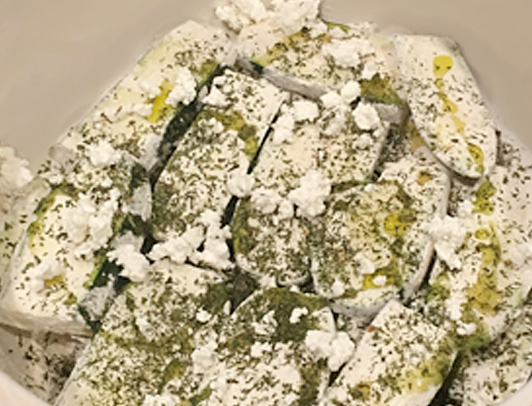Importance of Vitamin K2
In addition to leafy green vegetables, Vitamin K is also present in fruits: plums, avocados, and kiwis are good sources of Vitamin K.
The body may be forced to take in more Vitamin K2 than it needs through supplementation, thus expending more energy to deal with getting rid of the excess Vitamin K2 it doesn’t need. By eating plenty of fresh, leafy green vegetables, you can insure to obtain more than adequate levels of Vitamin K, which enables you to make your needed amount of Vitamin K2.
Vitamin K is an essential vitamin necessary for protein modification and blood clotting. Studies show that Vitamin K plays a role in treating osteoporosis and Alzheimer’s disease, and eating foods high in Vitamin K help protect us from cancer and heart disease. Unless you take medications to prevent blood clotting, such as Coumadin (warfarin), there is no risk of Vitamin K toxicity, and we should be eating an abundance of the foods that provide it. The recommended adequate intake of Vitamin K taken in for each age group is listed on www.webmd.com
Baked Zucchini & Feta Cheese

Some studies show that Vitamin K2 is made by the intestinal flora, and the conversion to K2 can be difficult for some people if they have insufficient beneficial bacteria. However, it has been shown that most animals (including humans) convert the Vitamin K1 they get from plants (phylloquinone) to Vitamin K2 (menaquinone-4). Dr. Trader believes that when people show up deficient, they aren’t eating enough leafy green vegetables. He says he gets an average of over 1000% of the DRI of Vitamin K and doesn’t have a deficiency of Vitamin K2.
The following study demonstrates proof that Vitamin K becomes Vitamin K2 in our bodies, titled “Menaquinone-4 in breast milk is derived from dietary phylloquinone.” This study with breastfeeding mothers shows that supplementation of Vitamin K, giving phylloquinone supplementation to lactating mothers, raised both phylloquinone ((K1) and menaquinone-4 (K2).
Vitamin K2 can also be made in the liver, pancreas, and other organs, showing we do convert K1 to K2 and K4 as well as the remaining K vitamins. This is verified in the article titled “Conversion of Dietary Phylloquinone to Tissue Menaquinone-4 in Rats Is Not Dependent on Gut Bacteria.” https://www.ncbi.nlm.nih.gov/pubmed/9446847
The following article verifies the conversion occurs in the liver: http://chemport.cas.org
It is not generally known that leafy green vegetables contain high amounts of Vitamin K. Kale alone contains over 1325% of our daily requirement of Vitamin K, in approximately two cups of this excellent leafy green. Our bodies are able to convert this Vitamin K1 to Vitamin K2. Spinach, broccoli, asparagus, collard greens, Swiss chard, bok choy, peas, parsley and lentils also contain high amounts of Vitamin K. Studies show that Vitamin K and its components are incredibly resilient and can withstand both cooking and freezing, although we consume more nutrients intact by eating fruits and vegetables raw. Bacteria in our intestines convert Vitamin K1 into Vitamin K2.
